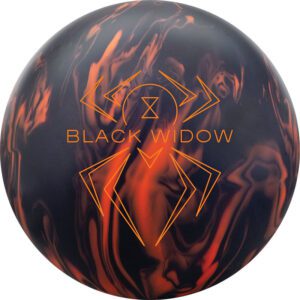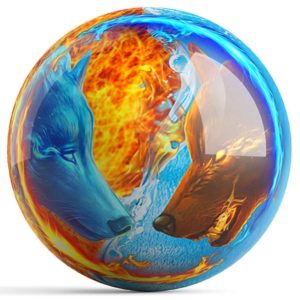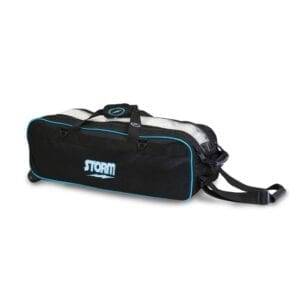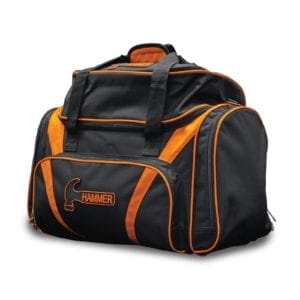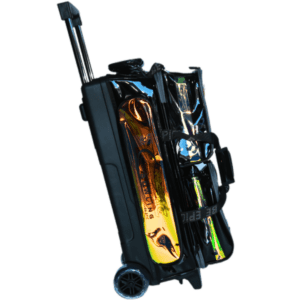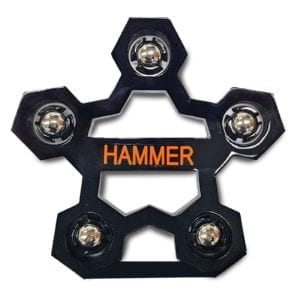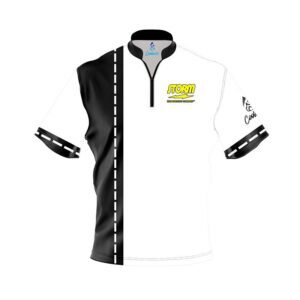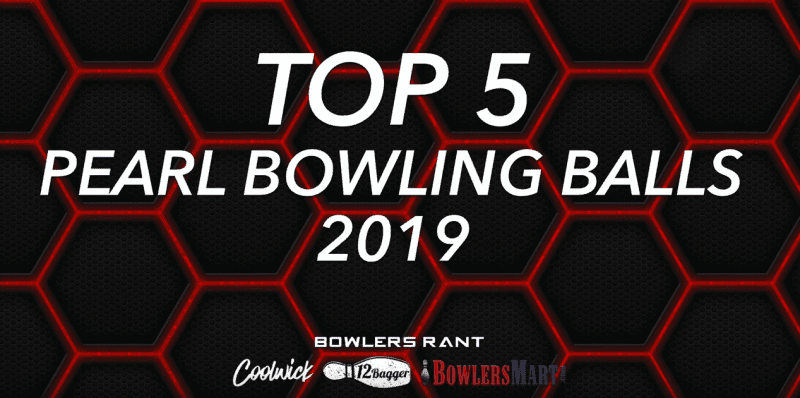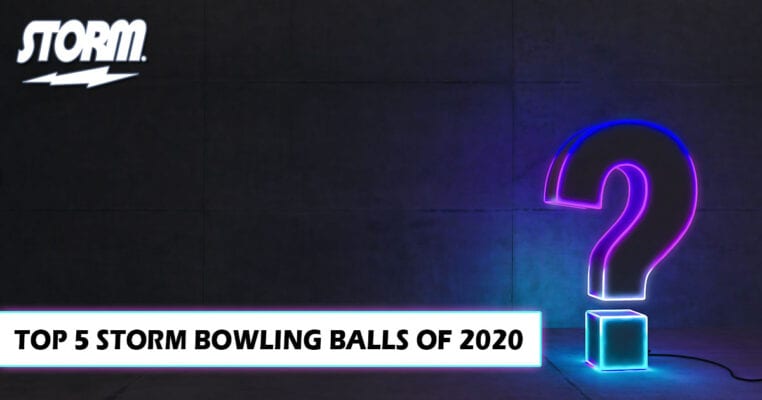Bowling Balls, Bowling How To's & Buyers Guides, Bowling News, Buying Guides
Top 5 Asymmetrical Bowling Balls of 2019

symmetrical or asymmetrical bowling balls - which is right for you?
To understand the symmetry of a bowling ball let’s first define some bowling terminology.
Differential in bowling balls is the difference between the maximum and minimum RG values. The larger the number, the greater the flare potential becomes for the bowling ball.
Radius of gyration bowling, or RG as commonly known, is a measurement in inches from the axis of rotation at which the total mass of a body might be concentrated without changing its moment of inertia. Low RG balls rev up faster and more easily, creating more ball motion, or change of direction.
Total differential (flare potential) is the difference between the X (low RG) and Y (high RG) axes of any bowling ball, symmetrical or asymmetrical.
So what is a symmetrical bowling ball?
A symmetrical core bowling ball is where the RG (radius of gyration) values of the Y (high RG) and Z (intermediate RG) axes of the ball do not differ by more than 5% of the total differential of the bowling ball. An asymmetrical core bowling ball is where the RG values of the Y and Z axes of the bowling ball differ by more than 5%.
Asymmetrical vs Symmetrical Bowling Balls
Asymmetrical bowling balls can exhibit large amounts of track flare even with long pin-to-PAP (positive axis point) distances. A 6″ pin-to-PAP distance layout on a symmetrical ball will typically result in a very low-flaring ball. In a strong asymmetrical, however, a 6″ pin-to-PAP distance layout might result in a very high-flaring ball. This is the critical difference between a asymmetrical vs symmetrical bowling ball.
In summary, asymmetrical bowling balls will provide a pro-shop operator with more drilling layout options than symmetrical bowling balls. Symmetrical balls have only two ball motion “tuning parameters”: pin-to-PAP distance and pin buffer. Asymmetrical balls add a third variable to the equation in the placement of the PSA (preferred spin axis) in relationship to the bowler’s PAP. The higher the undrilled intermediate differential is, the more significant the PSA position becomes.
Summary
What type of bowling ball core is best?
Bowlers who favor an asymmetric core bowling ball usually need a little extra help curving the ball. The bowling ball will rev up fast, provide more aggressive movement down lane, and finish strong. Asymmetrical bowling balls will give you more friction on the lanes for heavy oil or longer oil patterns.
Symmetrical bowling ball core are typically smoother and yield a benchmark type of reaction that are more controllable. Symmetrical bowling cores have two principal moments of inertia (X and Y axes). Therefore, bowlers who have natural hook may prefer a symmetrical core bowling ball to maintain more control mid-lane with a strong finish on the backend. All bowling ball core types, symmetrical core or asymmetrical core are indeed asymmetrical after drilling. Symmetrical bowling ball cores are equal proportion from top to bottom prior to being drilled.
Asymmetrical bowling cores have three (X, Y, and Z.) This greater degree of asymmetry is responsible for the highly dynamic moves. Asymmetrical bowling balls add a third variable to the equation in the placement of the PSA (preferred spin axis) in relationship to the bowler’s positive axis point (PAP). The higher the undrilled intermediate differential, the more significant the preferred spin axis position becomes. Asymmetrical bowling balls have a defined, angular shape down lane that respond to friction quicker than symmetrical balls. The main reason for this is that asymmetrical cores are not in equal proportion top to bottom.
Both, a symmetrical bowling ball and asymmetrical bowling ball are equally good choices. It’s really your preference and always best practice to check with your local Pro-shop operator who can discuss your bowling ball rev rate, bowling ball speed and bowling ball rotation. A Pro-shop operator will discuss the differences of bowling ball cover stock, bowling ball weight, bowling ball core, and best bowling ball layouts for your bowling style. Bowlersmart.com has 40+ bowling ball stores throughout the U.S located in your local bowling alley.
Throw-back Tuesday – check out best asymmetrical bowling balls of 2019
Disclaimer – some bowling balls are now retired but here were the greatest hits.


